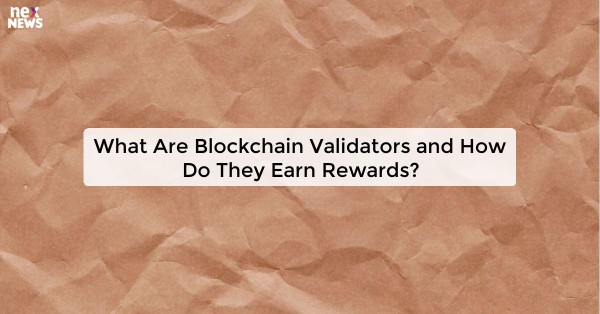Blockchain Validators: Understanding Their Role in the Network
Blockchain validators play a crucial role in the network by independently verifying transactions and ensuring the integrity and security of the blockchain. These validators are responsible for checking the validity of each transaction, making sure that it complies with the network's rules and has not been tampered with in any way. By participating in the consensus process, validators help to prevent fraud and maintain the trustworthiness of the blockchain.
Validators utilize their computing power to solve complex mathematical puzzles and reach a consensus on which transactions should be included in the next block. Once a sufficient number of validators agree on the validity of a block, it is added to the blockchain, creating an immutable and transparent record of transactions. This process of validation is essential for the functioning of the decentralized network and ensures that no single entity has control over the entire system.
The Importance of Validators in Maintaining Blockchain Security
Validators play a crucial role in maintaining the security of a blockchain network. They are responsible for verifying the validity of transactions and ensuring that no fraudulent or malicious activities occur. By confirming the accuracy of transactions, validators help to secure the integrity of the blockchain, making it a reliable and trustworthy ledger for storing and recording data.
In addition to verifying transactions, validators also play a key role in reaching consensus within the network. Through their participation in the consensus process, validators help to ensure that all nodes in the network agree on the order and validity of transactions, preventing issues such as double-spending or unauthorized changes to the ledger. This collaborative effort among validators is essential for maintaining the overall security and stability of the blockchain network.
How Validators Verify Transactions on the Blockchain
Validators play a crucial role in verifying transactions on the blockchain. When a transaction is initiated, it is broadcasted to the network for validation by the validators. These validators then independently confirm the transaction's legitimacy and accuracy by checking various parameters such as the digital signature, sender's balance, and adherence to consensus rules.
Once a sufficient number of validators validate the transaction, a consensus is reached, and the transaction is considered confirmed. This confirmation ensures that the transaction is securely added to the blockchain and cannot be altered or tampered with. Validators play a key role in upholding the integrity and security of the blockchain network by diligently verifying each transaction that takes place.
The Process of Block Validation and Adding to the Blockchain
Block validation and adding to the blockchain is a crucial step in ensuring the integrity of the network. Validators are responsible for confirming the transactions in a block meet the consensus rules of the blockchain. Once a block is created by the miner, it is propagated to all the validators in the network for validation.
Validators utilize complex algorithms to verify the authenticity of the transactions within a block. This verification process involves checking the digital signatures of the transactions, ensuring they are correctly formatted, and confirming that all inputs match the outputs. Once a validator successfully verifies the block, it is added to the blockchain in a sequential and immutable manner, creating a transparent and secure ledger of transactions.
Different Blockchain Consensus Mechanisms Utilized by Validators
Validators play a crucial role in maintaining the integrity and security of a blockchain network by verifying and confirming transactions. In various blockchain networks, validators utilize different consensus mechanisms to reach an agreement on the validity of transactions and the addition of new blocks to the blockchain. These consensus mechanisms help ensure that the network remains decentralized and secure, as validators work together to validate transactions without the need for a centralized authority.
Some common blockchain consensus mechanisms used by validators include Proof of Work (PoW), Proof of Stake (PoS), Delegated Proof of Stake (DPoS), and Practical Byzantine Fault Tolerance (PBFT). Each of these mechanisms has its unique way of determining which transactions are valid and how new blocks are added to the blockchain. Understanding the differences between these consensus mechanisms is essential for grasping how validators contribute to the overall security and efficiency of a blockchain network.
